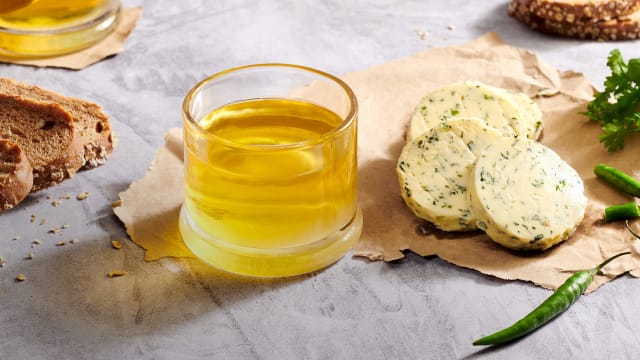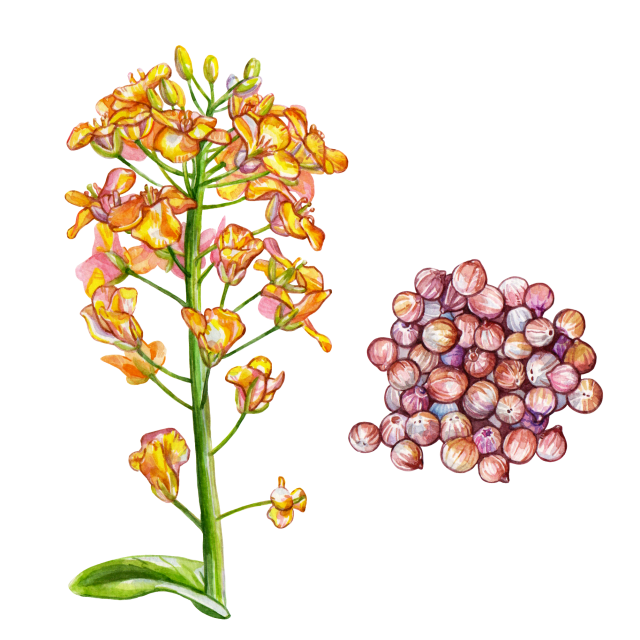
Candy Cane Beet & Carrot Kanji

Candy Cane Beet & Carrot Kanji
Description
This North Indian fermented drink, made with beets and carrots, is a probiotic powerhouse. Rich in beta-carotene and betalain, it detoxifies and boosts immunity, while mustard seeds add antioxidants and folic acid. Traditionally enjoyed in winter, kanji’s unique flavor and gut-health benefits make it a refreshing, natural option for promoting digestion and reducing inflammation.
NOTE
Any variety of carrot or beet works. As do swaps like turnips or peeled watermelon rinds.
Ingredients
4 cups (950 ml) of kanji and 12 oz (350 g) pickled veggies MAKES
- 2 (170 g) red carrots
- 2 (160 g) candy cane beets
- 1 tsp red chili powder (optional)
- 1 Tbsp (10 g) yellow mustard seeds, gently crushed
- 1/2 Tbsp Indian black salt
- ½ tsp hing (asafetida) powder (optional)
- 4 ¼ cups (1 L) water, filtered or boiled and cooled
Directions
-
Step 1
Peel and cut the carrots into medium batons. Peel the beets and cut them into small rounds or chunks. -
Step 2
Add the spices to a large glass jar. Add the carrot and beet, then top up with water. Close the lid and give it a good shake to swirl and mix the ingredients. -
Step 3
Place the jar in an optimum location with gentle sunlight. It shouldn’t be too harsh, which will kill the good bacteria; nor too cool, which will slow fermentation. -
Step 4
Let the kanji ferment for 3 to 5 days, swirling the jar occasionally. You can start tasting it after the third day. The kanji will taste sour and spicy once ready. Depending on the climate, it may take up to a week. -
Step 5
You can store the jar in the fridge, where both the pickled veggies and the kanji will keep for months. Or, for easy drinking, strain the kanji into a bottle, using a funnel if you have one. In this case, store the cut carrots and beets in a smaller jar, covered with kanji, and use them as a condiment, in salads or sandwiches. They pair well with hummus and other dips too.
About the author
More by Moina Oberoi

Ayurveda Rasas
Learn to cook with the six rasas of Ayurveda through five simple recipes.

Beet Millet Pulao
Sweet doesn’t always mean dessert! In Ayurveda, the madhura rasa (sweet taste) is associated with energy-giving foods, like this millet pulao recipe from Moina Oberoi.

Chile & Coriander Compound Butter
This Indian take on compound butter adds a hint of green chile and minced cilantro for a fragrant condiment with a bit of bite — and plenty of antioxidants.







